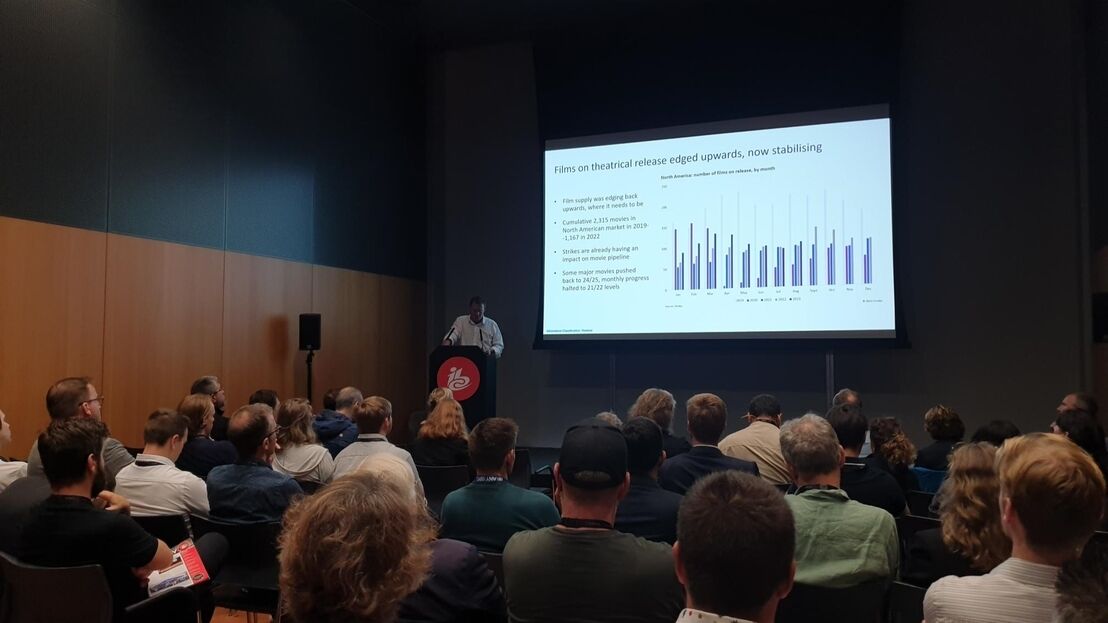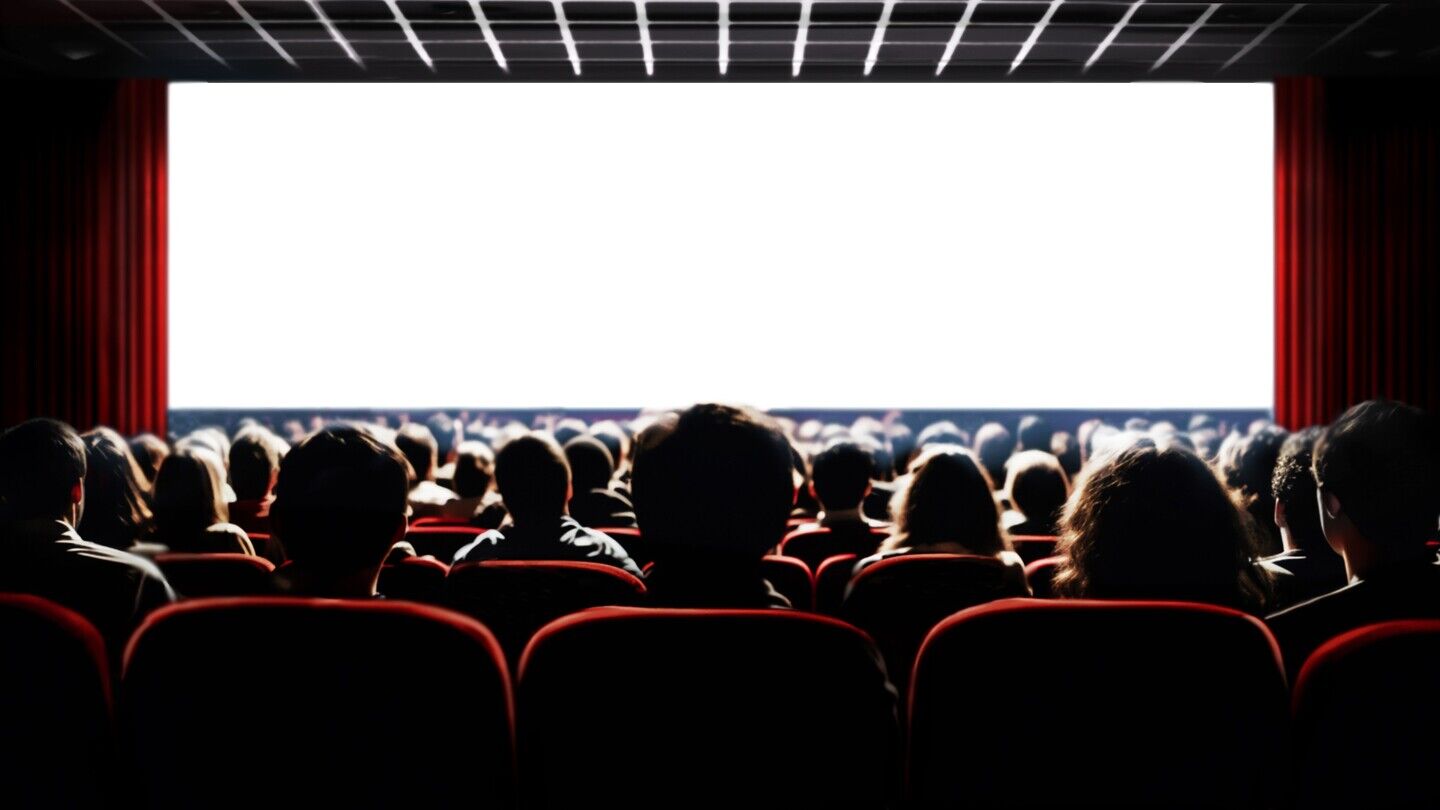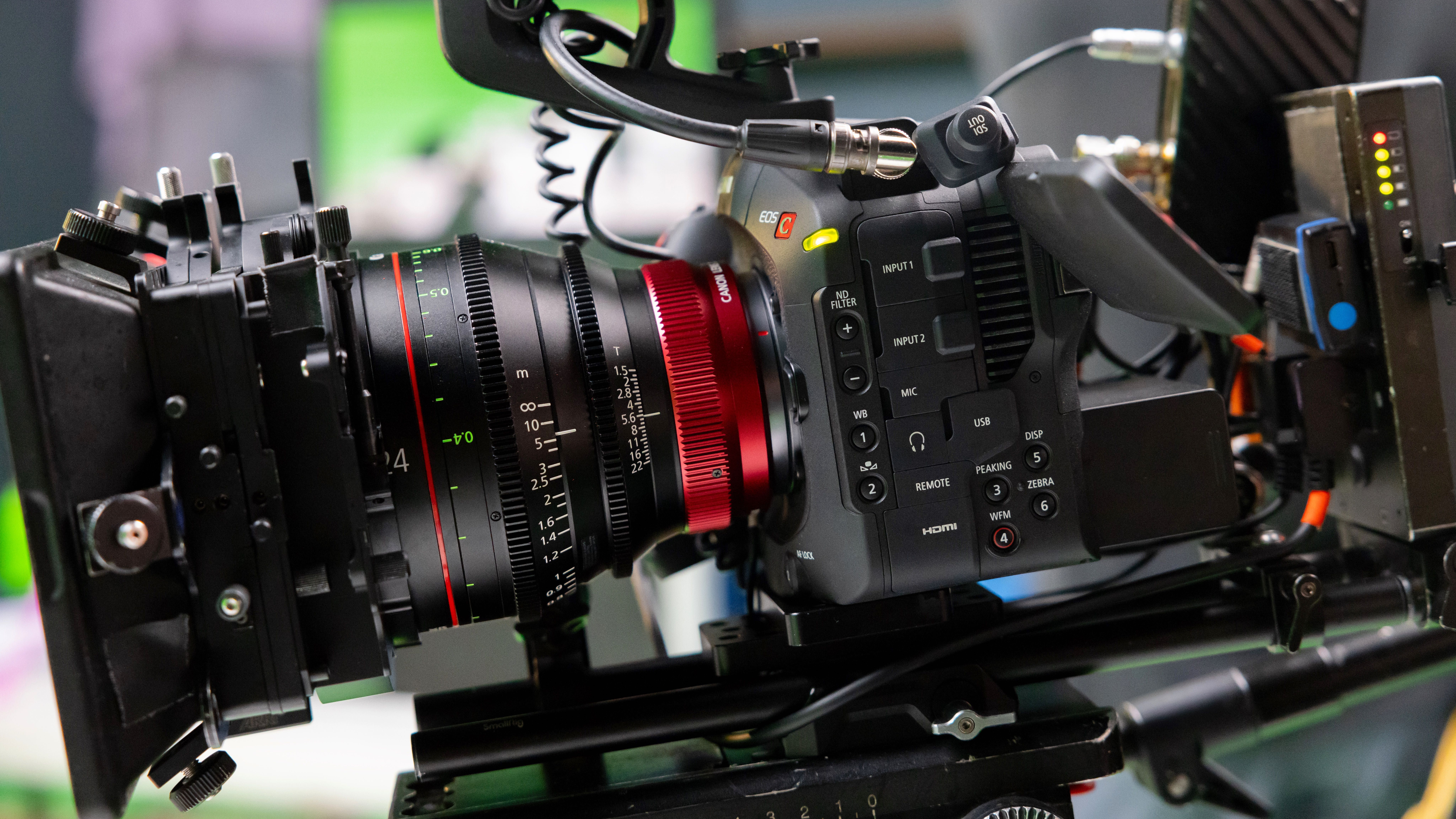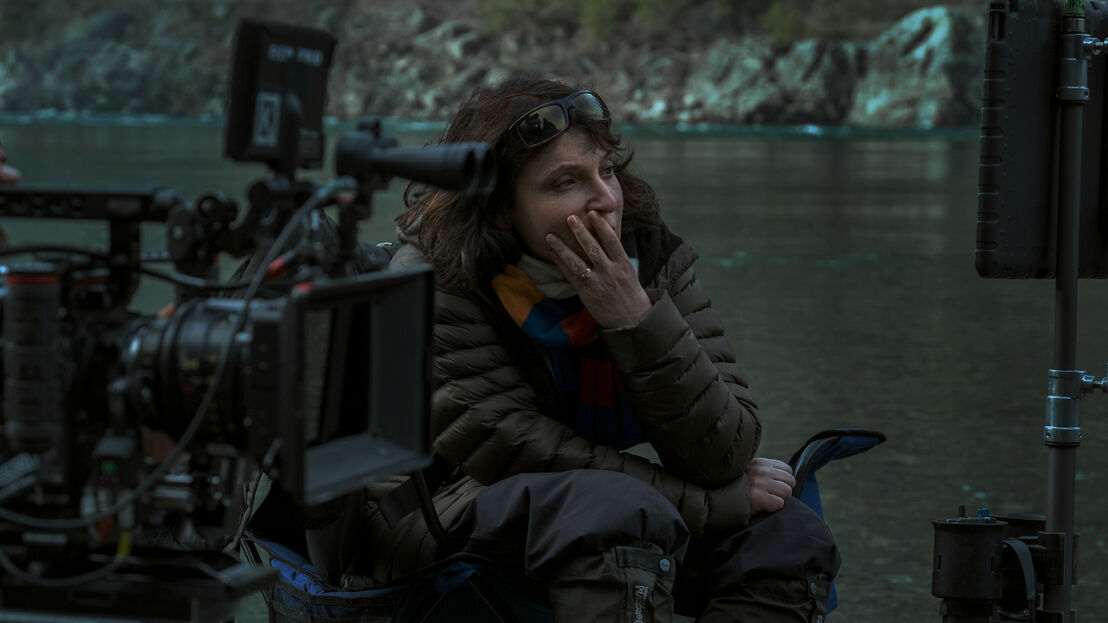Covid-related venue closures and the giant rise of streaming have cost the cinema culture a significant loss in audience numbers, and now with the aftershock of the Hollywood writers’ strike, cinema needs an innovative force if it is to avoid a prolonged decline in viewership, writes Sheryl Hickey.
Future’, which took place at IBC2023.
Experts from technology innovation across the cinema content chain explored the data gathered by research analysts Omdia, and offered insights and solutions to replenish cinema visitor numbers, giving predictions on new ways to engage and entice audiences of the future.
David Hancock, Chief Analyst of OMDIA, emphasised that for cinemas, the most positive effect Covid had on cinema was: “Studios realising that cinemas create value – if you go straight to streaming, where is your money coming in? There’s no money and there’s no hype.”These and other questions around the current cinema culture landscape provided the backdrop to a longstanding partner session, ‘EDCF: Cinema Looks Forward to a Changing...
You are not signed in
Only registered users can read the rest of this article.

Poacher turned gamekeeper: Netflix rules, for now
Netflix raids Hollywood to land a giant of old media, but having offered billions over the odds for ageing IP, would a smarter play have involved the creator economy?

Truth in the age of deepfakes: Building trust in the human-machine era
As deepfakes become prevalent throughout the media industry, experts at the BBC, Guardian, and ITN wrestle with the implications of today’s unprecedented levels of disinformation and distrust.

Rory Peck Awards: Truth has never needed its defenders more
This year’s Rory Peck Awards was an affirmation that press freedom is in severe danger, that it has become a vicious fight to sustain that facts matter. George Jarrett reports.

Camerimage: “The time to be afraid of AI was two years ago”
The festival of cinematography remains political with the rise of AI and gender equality bubbling beneath the surface.
.jpg)
Content Everywhere: Disruptive forces in 2025, from AI to ROI and SGAI
Looking back over 2025 to date, it’s clear that AI continues to widen its role in the Content Everywhere ecosystem, and many companies are becoming more discerning about how and where the technology should be applied to streaming and video technology. Clearly, there is still much more to come, and much more to learn, but what have recent developments taught the industry to date?





